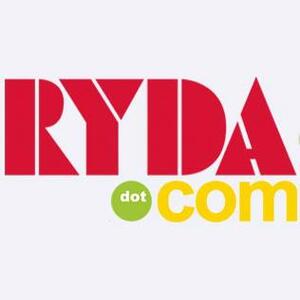If you were on the fence before, this is a great price to jump into a full frame Canon mirrorless. Entry level price with R6 II image quality.
Still made in Japan with 5 years Australia warranty, the longest in business.
Canon EOS R8 (24-50MM) FX Camera Kit link.
![[eBay Plus] Canon EOS R8 FX Mirrorless Camera $1529.01, with 24-50mm Lens Kit $1690.51 Delivered @ Ryda-Online eBay](https://files.ozbargain.com.au/n/68/908968.jpg?h=d8634738)




Really good price for R8! Payed more 6m ago, but enjoyed it otherwise. Waiting for my rf 24-105 f/4 from Ryda! With similar eBay codes - was decent price on it.